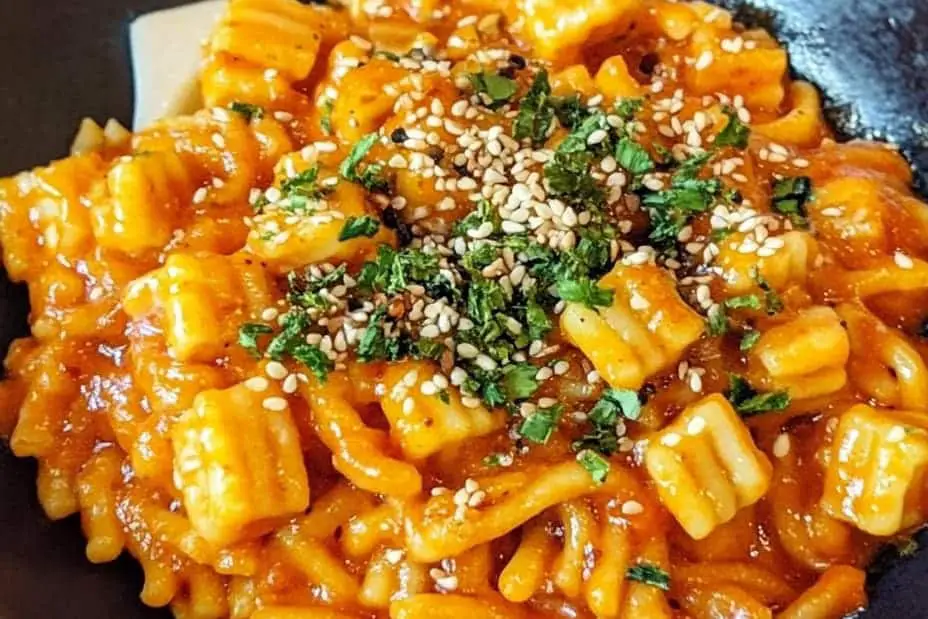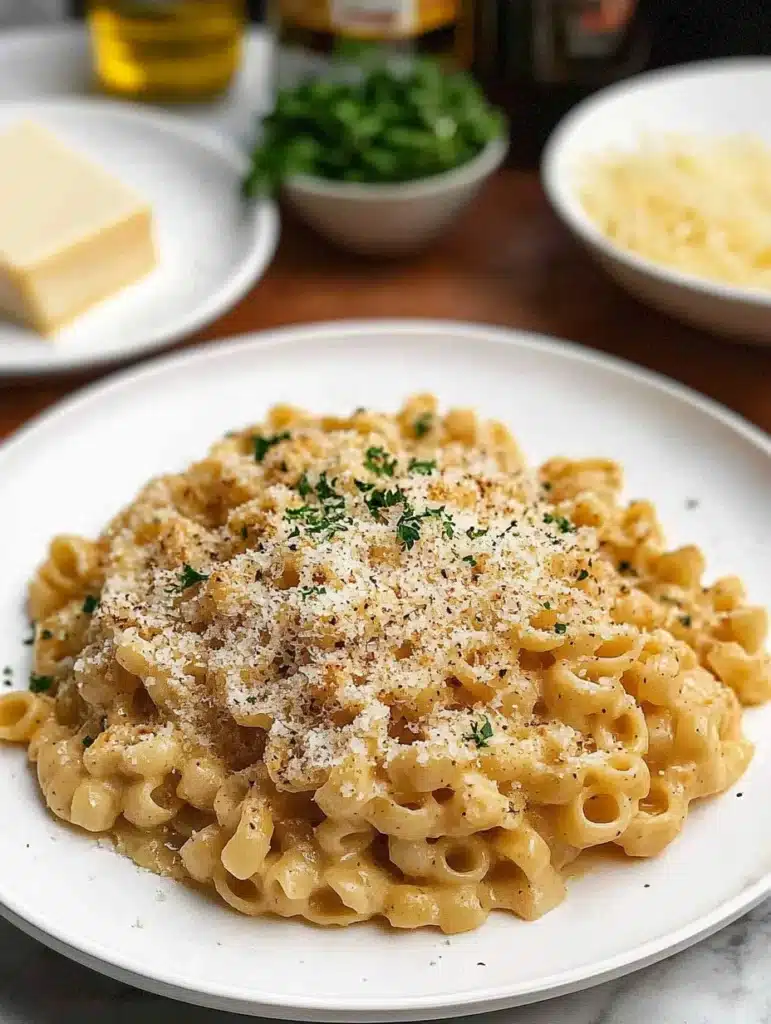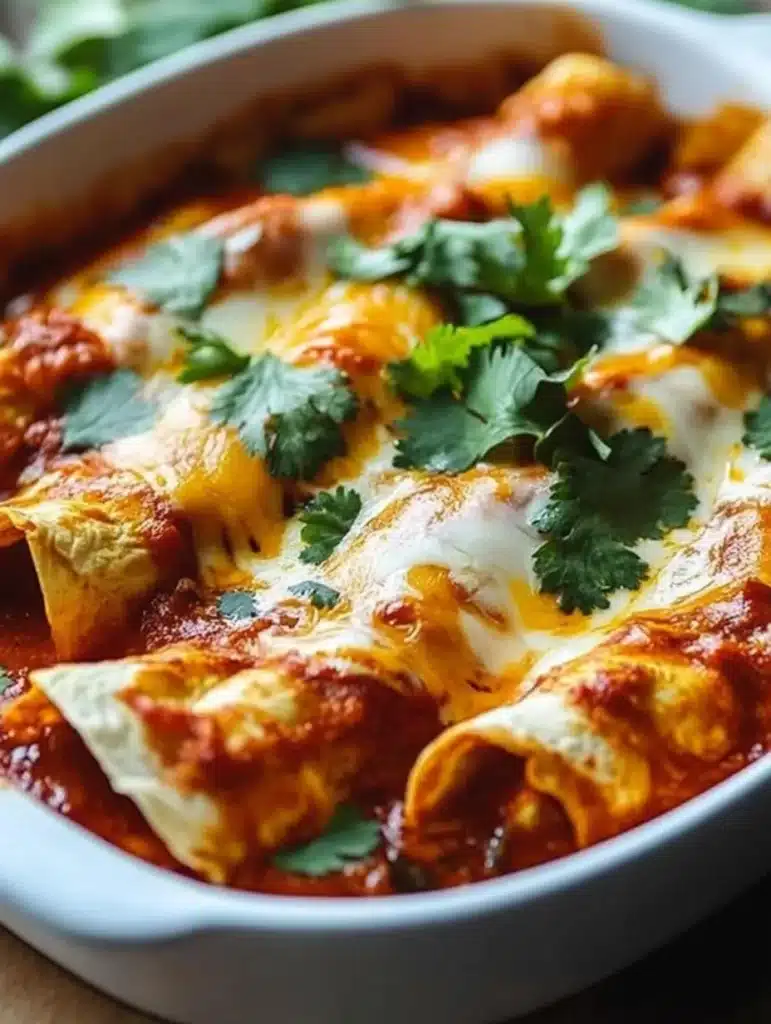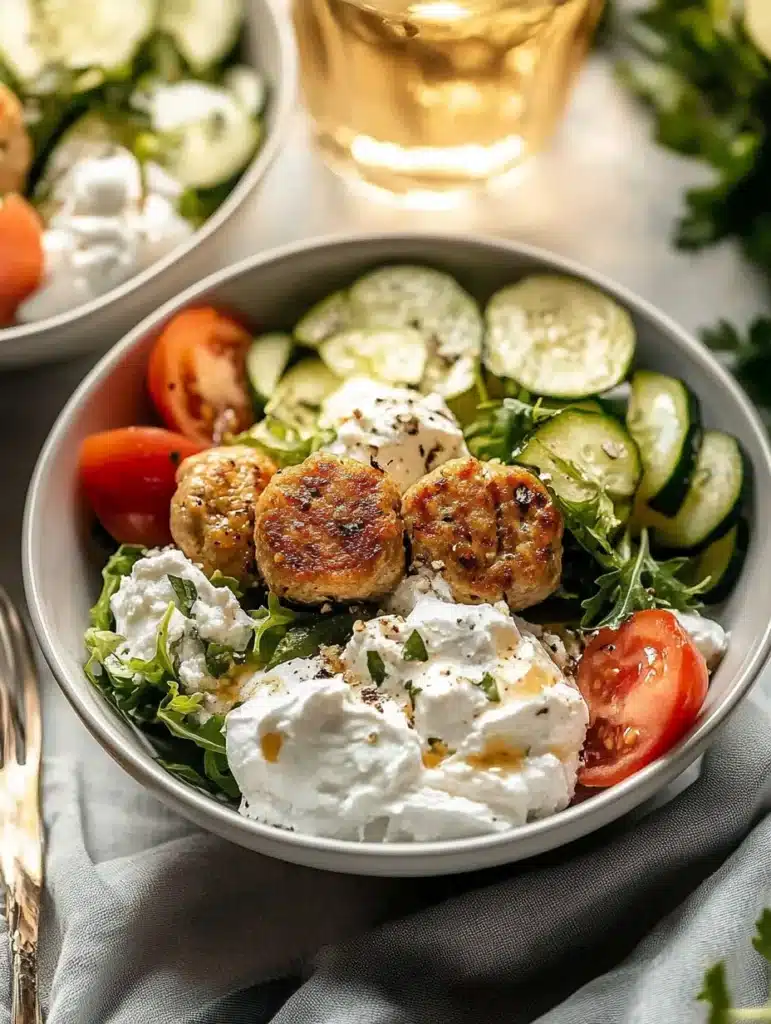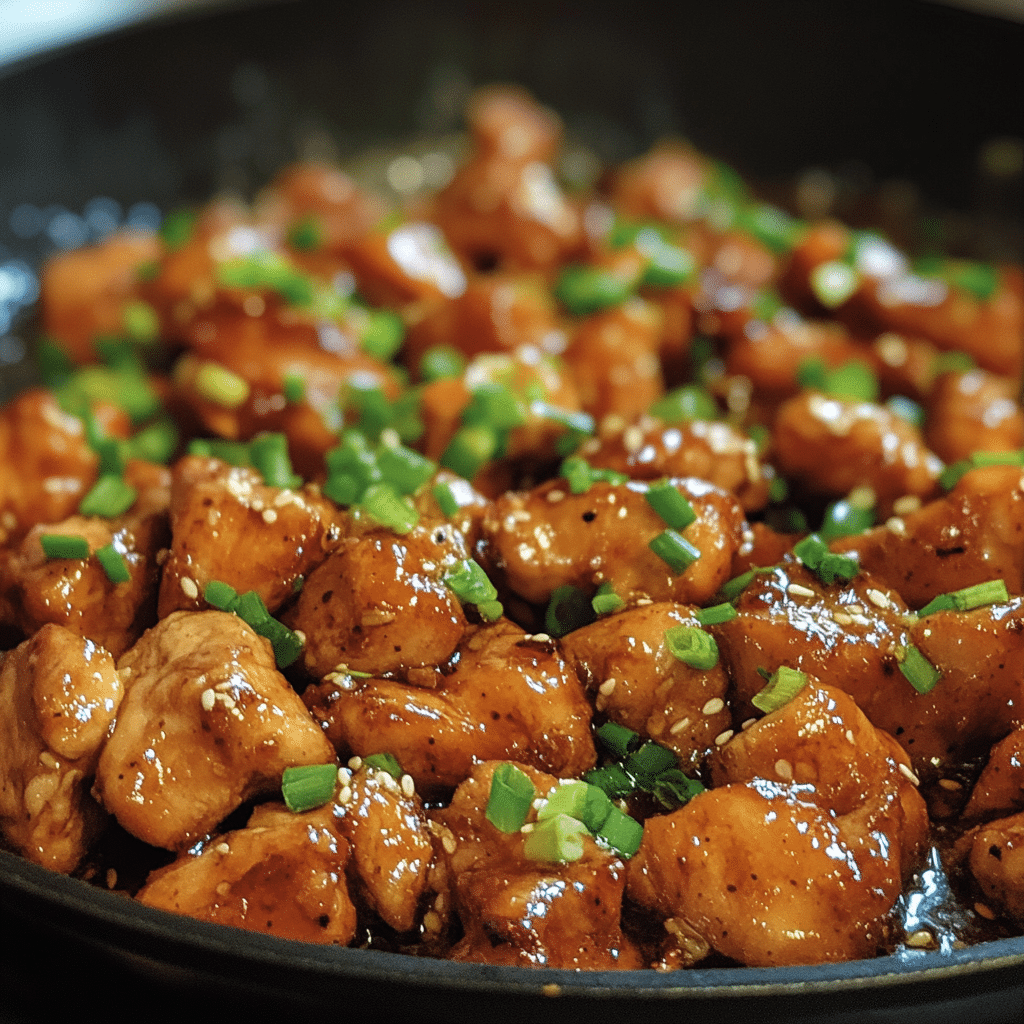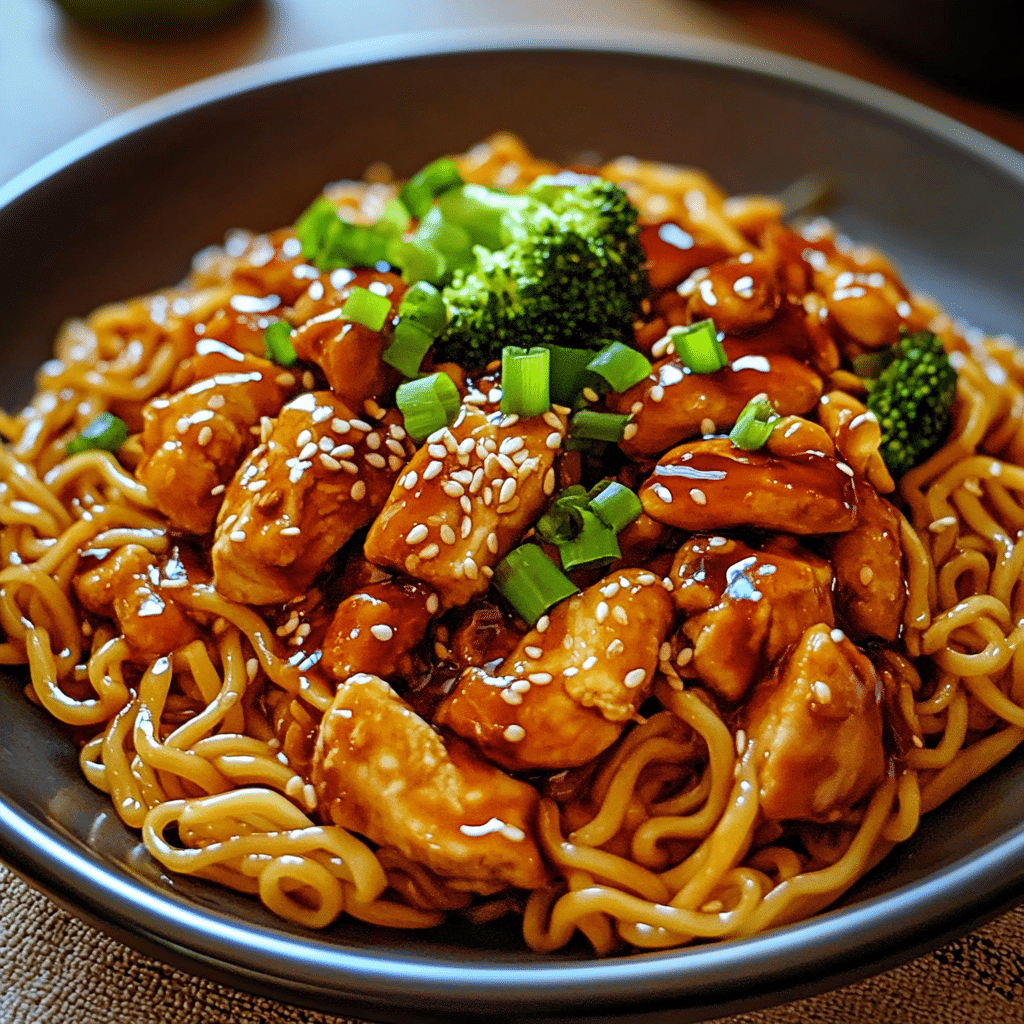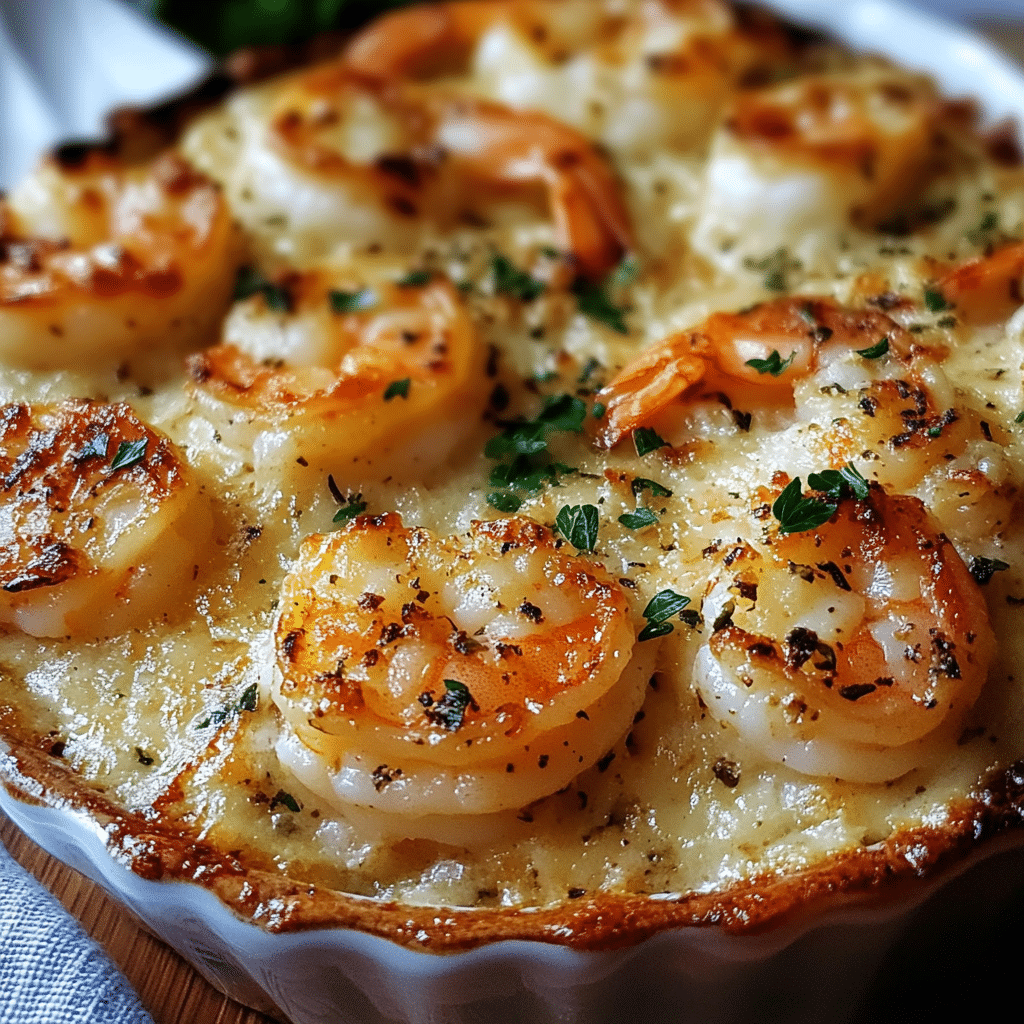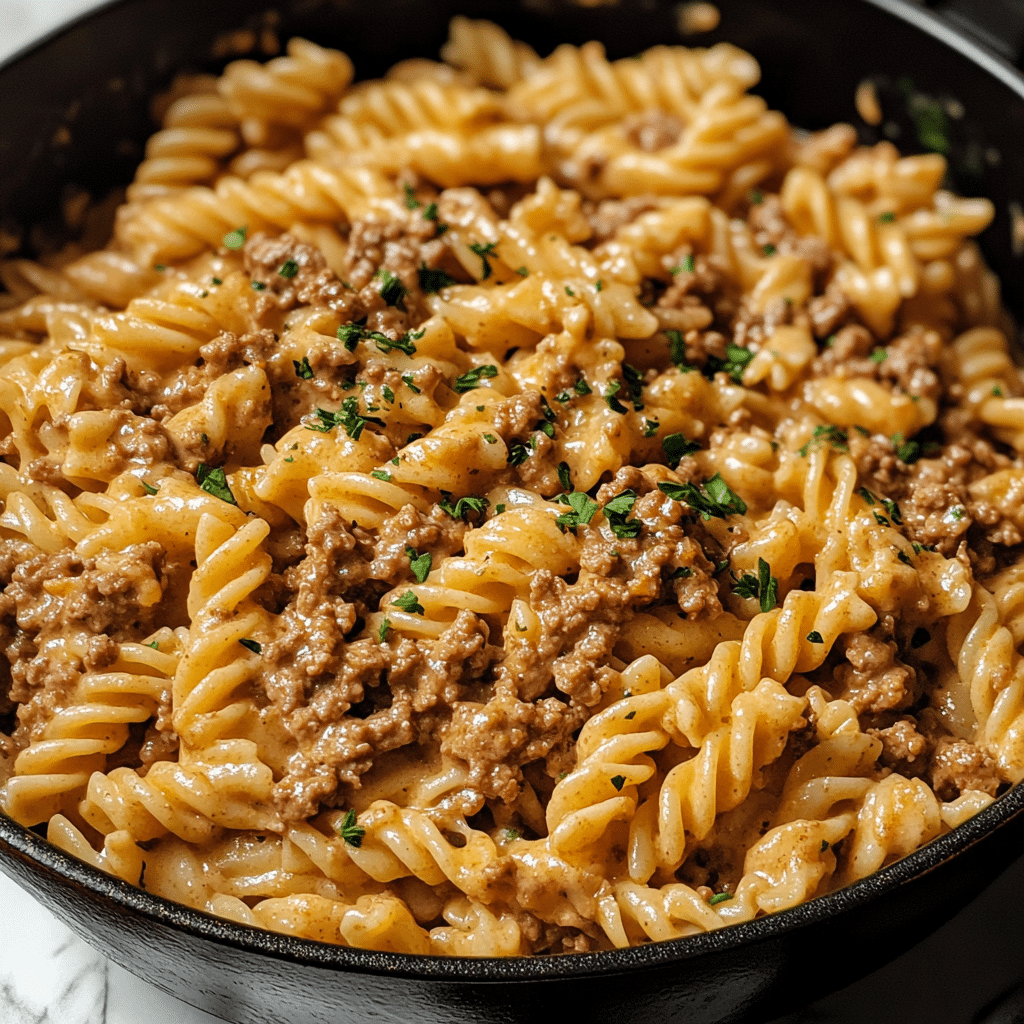Gochujang Pasta is a spicy fusion delight that combines traditional Korean flavors with classic Italian pasta. This unique combination brings together the best of both worlds, creating an experience that is nothing short of culinary magic. Imagine indulging in a creamy pasta dish that delights your taste buds with smoky, sweet, and spicy notes, all thanks to the incredible depth of gochujang. Not only is this fusion dish delicious, but it is also easy to prepare, making it perfect for weeknight dinners or special occasions.
What makes Gochujang Pasta stand out is its ability to cater to anyone craving something different yet comforting. With just the right balance of heat from the gochujang and the comforting nature of pasta, this dish transcends boundaries and introduces you to a world of flavors. The first delightful bite will have you hooked, and you’ll be eager to share this unique recipe with friends and family.
In this article, you will discover why Gochujang Pasta has won the hearts of many, how to create your own delicious version of this dish, and tips for serving it to elevate your culinary experience. Whether you’re an adventurous foodie or simply someone who loves a quick and delicious meal, Gochujang Pasta is sure to amaze!
Why You’ll Love This Recipe
Gochujang Pasta delivers an unforgettable experience that combines delicious ingredients and vibrant flavors. Here are a few reasons why you will fall in love with this dish:
1. Bold Flavors – The gochujang sauce adds a unique spicy-sweetness that’s simply irresistible.
2. Quick and Easy – This recipe can be prepared in under 30 minutes, making it perfect for busy weeknights.
3. Health Benefits – Gochujang is made with fermented ingredients and provides a healthy kick of probiotics.
4. Versatile Ingredients – You can easily substitute vegetables or proteins, tailoring the dish to your dietary preferences.
5. Impressive Presentation – The vibrant red sauce and fresh garnish make for a visually stunning dish that impresses guests.
6. Comforting Yet Exciting – The beloved pasta texture combined with the exotic sauce makes for a comforting meal that excites the palate.
When you take everything into consideration, Gochujang Pasta is not just a meal; it’s a delightful adventure waiting to unfold on your plate!
Preparation and Cooking Time
Creating your own Gochujang Pasta is quick and straightforward. Here’s a breakdown of the time required:
– Preparation Time: 10 minutes
– Cooking Time: 20 minutes
– Total Time: 30 minutes
This quick turnaround makes it an ideal recipe for those who want something delicious without spending hours in the kitchen.
Ingredients
– 12 oz spaghetti or your favorite pasta
– 2 tablespoons gochujang
– 1 tablespoon sesame oil
– 1 tablespoon soy sauce
– 1 tablespoon honey or maple syrup
– 1 cup heavy cream
– 2 cloves garlic, minced
– ½ cup vegetable broth
– 1 tsp sesame seeds (optional)
– 2 green onions, chopped for garnish
– Salt and pepper to taste
– Optional: 1 cup of cooked protein (chicken, tofu, or shrimp)
– Optional: 2 cups of sautéed vegetables (bell peppers, spinach, or broccoli)
Step-by-Step Instructions
Follow these simple steps to create a delightful bowl of Gochujang Pasta:
1. Cook the Pasta: Begin by boiling water in a large pot. Add salt and cook the spaghetti according to package instructions until al dente. Reserve about 1 cup of pasta water before draining.
2. Make the Sauce: In a skillet, heat the sesame oil over medium heat. Add minced garlic and sauté for about 30 seconds until fragrant.
3. Combine Ingredients: Stir in the gochujang, soy sauce, honey (or maple syrup), and vegetable broth. Mix well until everything is fully combined.
4. Add Cream: Gradually pour in the heavy cream, stirring until the sauce becomes smooth and creamy. If the sauce is too thick, add reserved pasta water until you reach the desired consistency.
5. Season: Taste the sauce and season with salt and pepper as needed.
6. Mix Together: Add the cooked pasta to the skillet, tossing it in the sauce until well coated. If desired, incorporate your choice of protein or sautéed vegetables at this stage.
7. Serve: Remove from heat and transfer the Gochujang Pasta to serving plates. Sprinkle sesame seeds and chopped green onions on top for garnish.
8. Enjoy: Serve immediately and watch as your guests rave about the delightful fusion of flavors!
How to Serve
Serving Gochujang Pasta can elevate the overall dining experience. Here are some tips to ensure your dish stands out:
1. Choose Your Bowl Wisely: A deep, colorful bowl can make the dish visually appealing, enhancing the appearance of the vibrant red sauce.
2. Garnish Stylishly: Sprinkle additional sesame seeds and green onions over the pasta just before serving. Adding a few red pepper flakes can enhance the visual appeal and add extra heat.
3. Pair with Sides: Consider serving with a light salad or steamed vegetables to create a balanced meal. You can also offer crusty bread to help soak up any leftover sauce.
4. Presentation Matters: Serve the dish hot directly from the stove for a home-cooked feel or plate it beautifully for a more elegant dinner setting.
5. Beverage Pairing: Complement your meal with a light white wine or a refreshing iced tea to balance the spicy notes of the gochujang.
6. Use Leftovers Creatively: If you have leftover Gochujang Pasta, consider turning it into a cold pasta salad. Adding fresh vegetables and a light dressing can give it a refreshing twist.
By following these serving tips, you’ll create not only a delicious meal but an unforgettable dining experience for both you and your guests. Enjoy the fusion of flavors and the joy of making Gochujang Pasta a staple in your culinary repertoire!
Additional Tips
– Use Fresh Ingredients: Fresh garlic and green onions will enhance the flavors of your Gochujang Pasta, making it more aromatic and vibrant.
– Adjust the Spice Level: If you prefer a milder dish, reduce the amount of gochujang. You can always add more at the end if you want to spice it up.
– Serving Temperature: Serve your pasta hot for the best experience. The creamy sauce and noodles are more enjoyable when they are warm.
– Experiment with Toppings: Add toppings like crushed peanuts or toasted nori for an added crunch and an extra layer of flavor.
– Taste as You Go: Don’t hesitate to taste the sauce and adjust the seasonings during the cooking process.
Recipe Variation
Feel free to get creative with your Gochujang Pasta! Here are a few variations to try:
1. Vegan Option: Replace the heavy cream with coconut milk or a non-dairy cream alternative. Use tofu as the protein for a vegan twist.
2. Seafood version: Incorporate shrimp or scallops to add a seafood flair. Cook them right in the sauce for added flavor.
3. Vegetable-Loaded Pasta: Increase the amount of sautéed vegetables. You can include zucchini, mushrooms, or snow peas for added color and nutrition.
4. One-Pot Version: Cook the pasta together with the sauce in one pot for less cleanup. Add enough broth to cook the pasta until it’s al dente.
5. Spicy Gochujang Noodles: For a less creamy texture, reduce the cream and use a bit more vegetable broth or add some rice vinegar for a tangy kick.
Freezing and Storage
– Storage: Keep Gochujang Pasta in an airtight container in the refrigerator. It will stay fresh for about 3-4 days.
– Freezing: Gochujang Pasta can be frozen for up to 2 months. If you freeze it, avoid adding any proteins or creamy ingredients until you are ready to serve. Reheat it gently in a pan with a splash of vegetable broth or water to bring back its creamy texture.
Special Equipment
You don’t need much to make Gochujang Pasta, but having the right tools will help:
– Large Pot: For boiling the pasta, crucial for even cooking.
– Skillet: A large skillet for making the sauce; a non-stick one works best.
– Wooden Spoon or Spatula: For mixing and serving the pasta.
– Garlic Press: Optional, but it helps get the garlic finely minced for better flavor integration.
– Measuring Cups and Spoons: For accurate ingredient amounts.
Frequently Asked Questions
Can I make Gochujang Pasta ahead of time?
Yes, you can prepare the sauce and cook the pasta earlier in the day. Store them separately and combine them just before serving.
What can I substitute for sesame oil?
You can replace sesame oil with olive oil or vegetable oil if you don’t have sesame oil on hand. However, the flavor will differ slightly.
Can I use another type of pasta?
Definitely! Gochujang Pasta works well with any pasta type, including penne, fusilli, or even gluten-free pasta for those with dietary restrictions.
Is this dish spicy?
The dish has a mild to medium spice level due to the gochujang. You can adjust the spice by varying the amount of gochujang used in the recipe.
How do I make it gluten-free?
Use gluten-free pasta and ensure that your soy sauce is gluten-free (such as tamari) to keep the dish suitable for those with gluten intolerance.
Conclusion
Gochujang Pasta is a remarkable dish that melds the robust flavors of Korean cuisine with the comforting nature of Italian pasta. It brings excitement to the table and is sure to impress anyone who tries it. This fusion dish not only supports a quick meal preparation but also allows you to experiment with various ingredients, making it versatile for any palate. Enjoy this delightful journey of flavors and make Gochujang Pasta a new favorite in your kitchen!

Gochujang Pasta: An Amazing Ultimate Recipe
- Total Time: 35 minutes
Ingredients
– 12 oz spaghetti or your favorite pasta
– 2 tablespoons gochujang
– 1 tablespoon sesame oil
– 1 tablespoon soy sauce
– 1 tablespoon honey or maple syrup
– 1 cup heavy cream
– 2 cloves garlic, minced
– ½ cup vegetable broth
– 1 tsp sesame seeds (optional)
– 2 green onions, chopped for garnish
– Salt and pepper to taste
– Optional: 1 cup of cooked protein (chicken, tofu, or shrimp)
– Optional: 2 cups of sautéed vegetables (bell peppers, spinach, or broccoli)
Instructions
Follow these simple steps to create a delightful bowl of Gochujang Pasta:
1. Cook the Pasta: Begin by boiling water in a large pot. Add salt and cook the spaghetti according to package instructions until al dente. Reserve about 1 cup of pasta water before draining.
2. Make the Sauce: In a skillet, heat the sesame oil over medium heat. Add minced garlic and sauté for about 30 seconds until fragrant.
3. Combine Ingredients: Stir in the gochujang, soy sauce, honey (or maple syrup), and vegetable broth. Mix well until everything is fully combined.
4. Add Cream: Gradually pour in the heavy cream, stirring until the sauce becomes smooth and creamy. If the sauce is too thick, add reserved pasta water until you reach the desired consistency.
5. Season: Taste the sauce and season with salt and pepper as needed.
6. Mix Together: Add the cooked pasta to the skillet, tossing it in the sauce until well coated. If desired, incorporate your choice of protein or sautéed vegetables at this stage.
7. Serve: Remove from heat and transfer the Gochujang Pasta to serving plates. Sprinkle sesame seeds and chopped green onions on top for garnish.
8. Enjoy: Serve immediately and watch as your guests rave about the delightful fusion of flavors!
- Prep Time: 15 minutes
- Cook Time: 20 minutes
Nutrition
- Serving Size: 4
- Calories: 640 kcal
- Fat: 30g
- Protein: 15g

